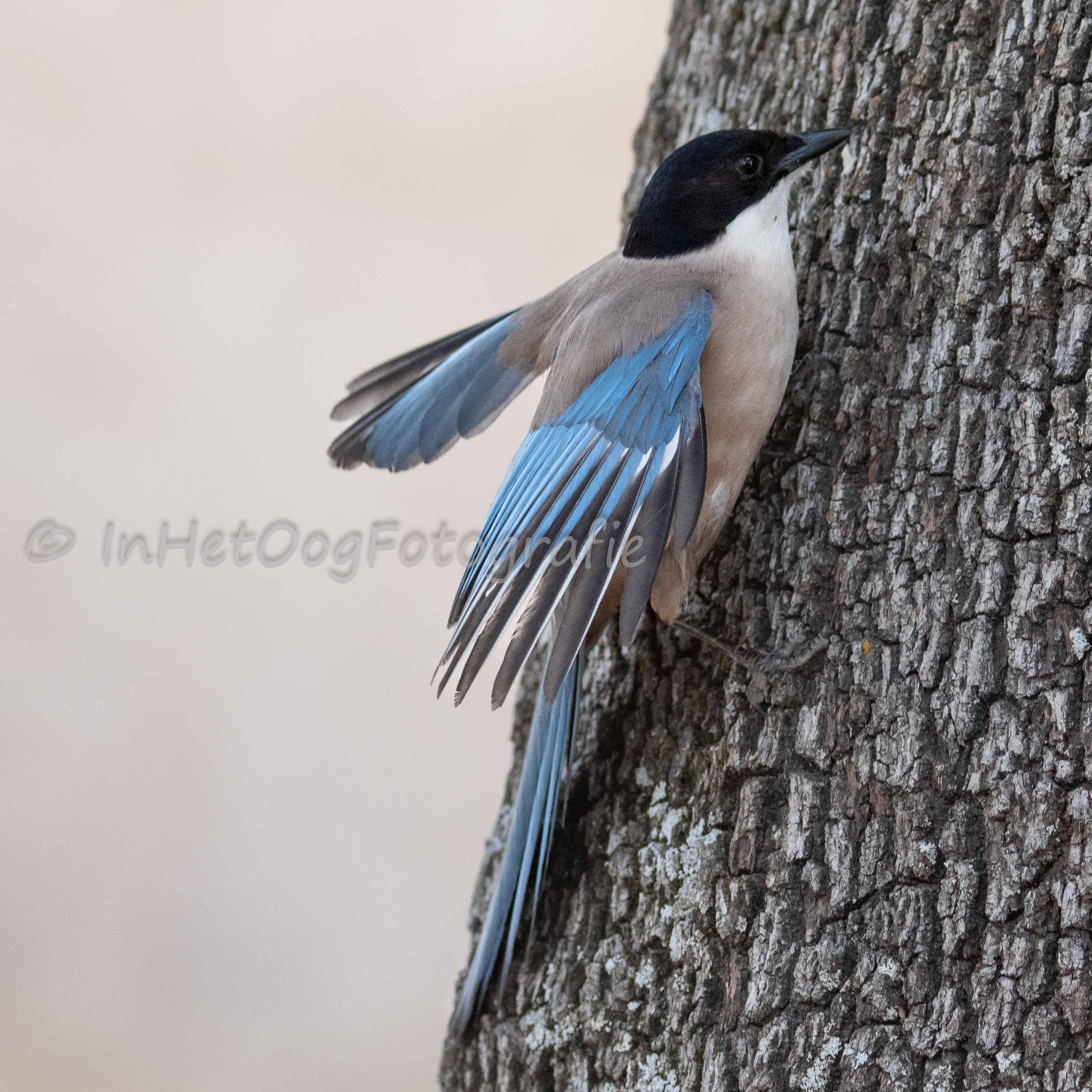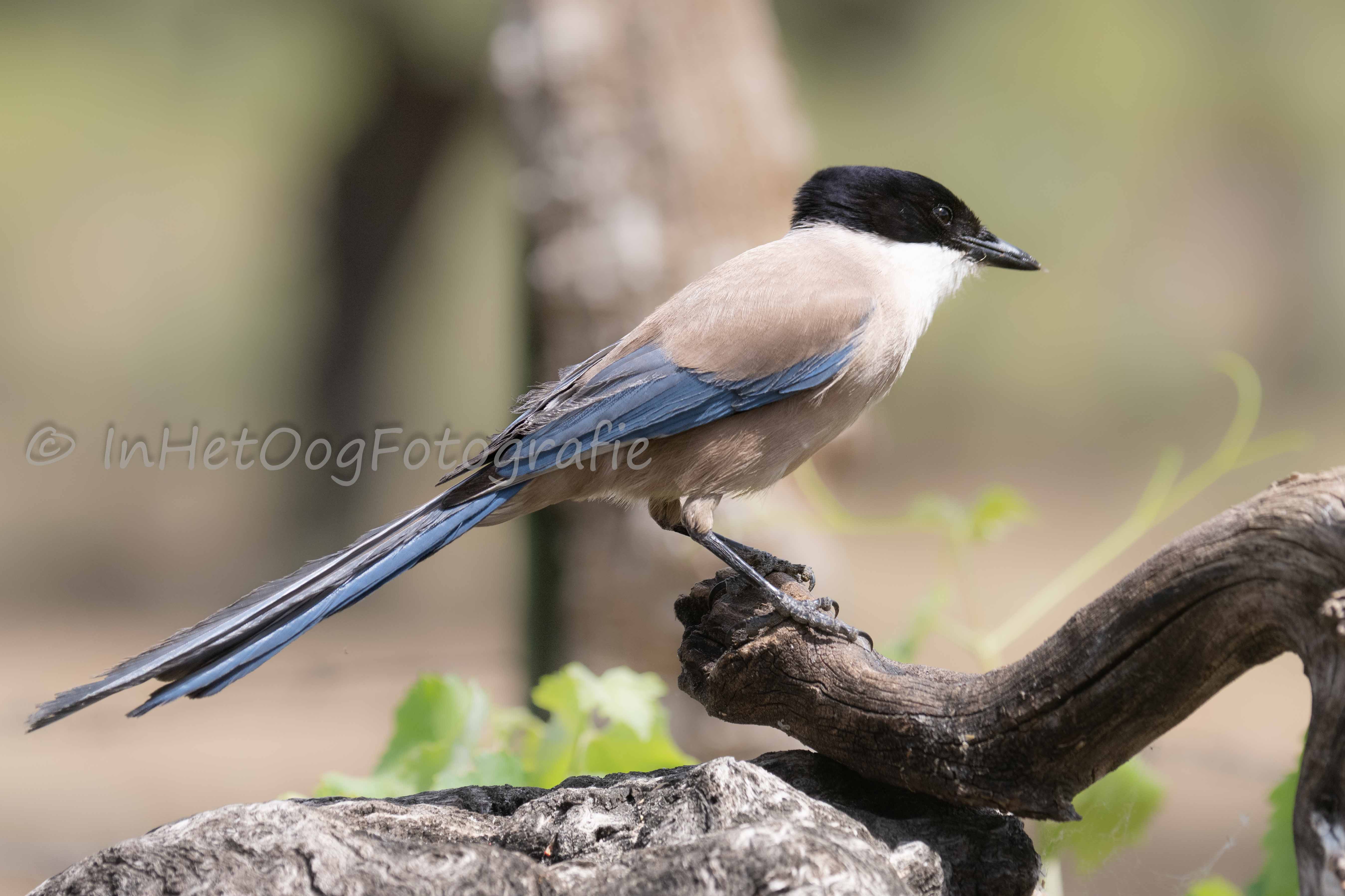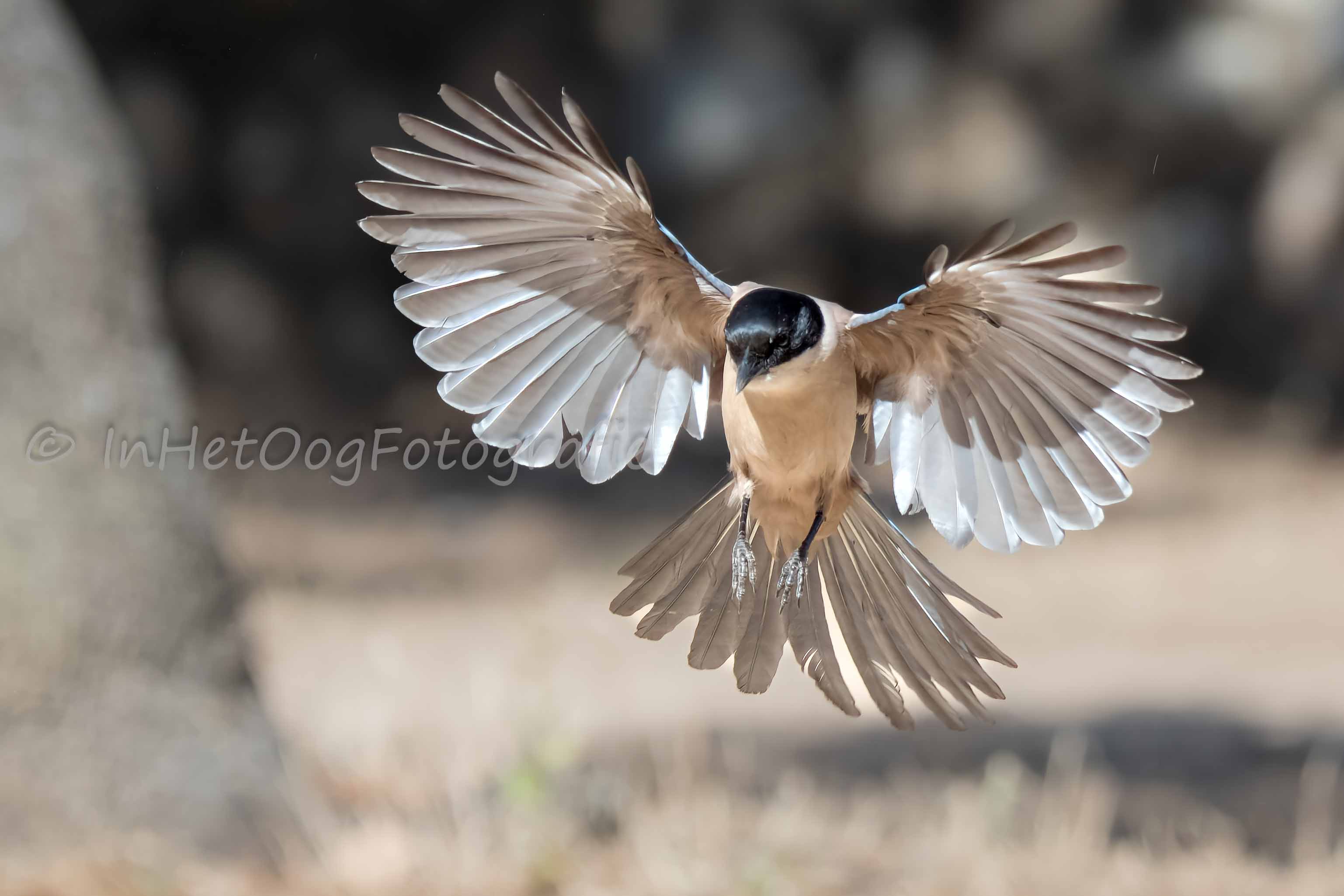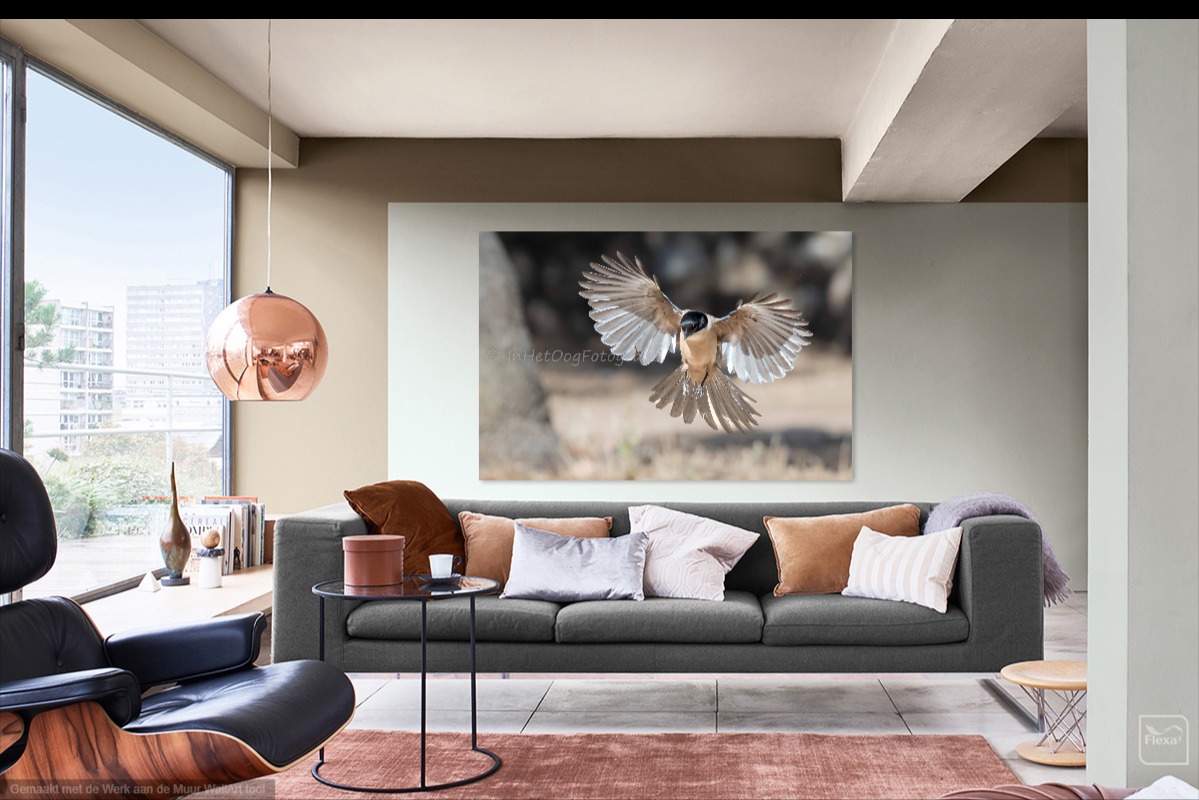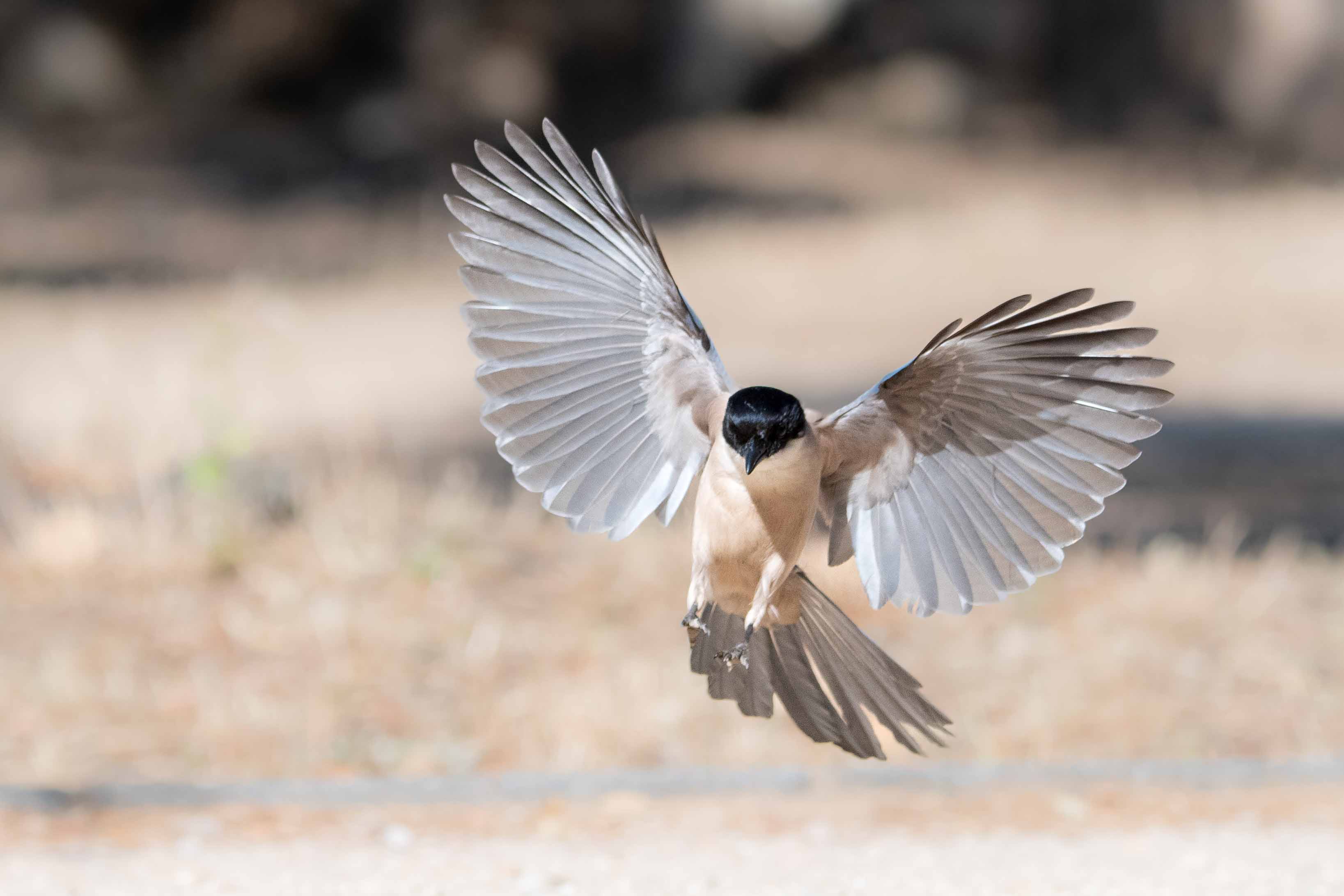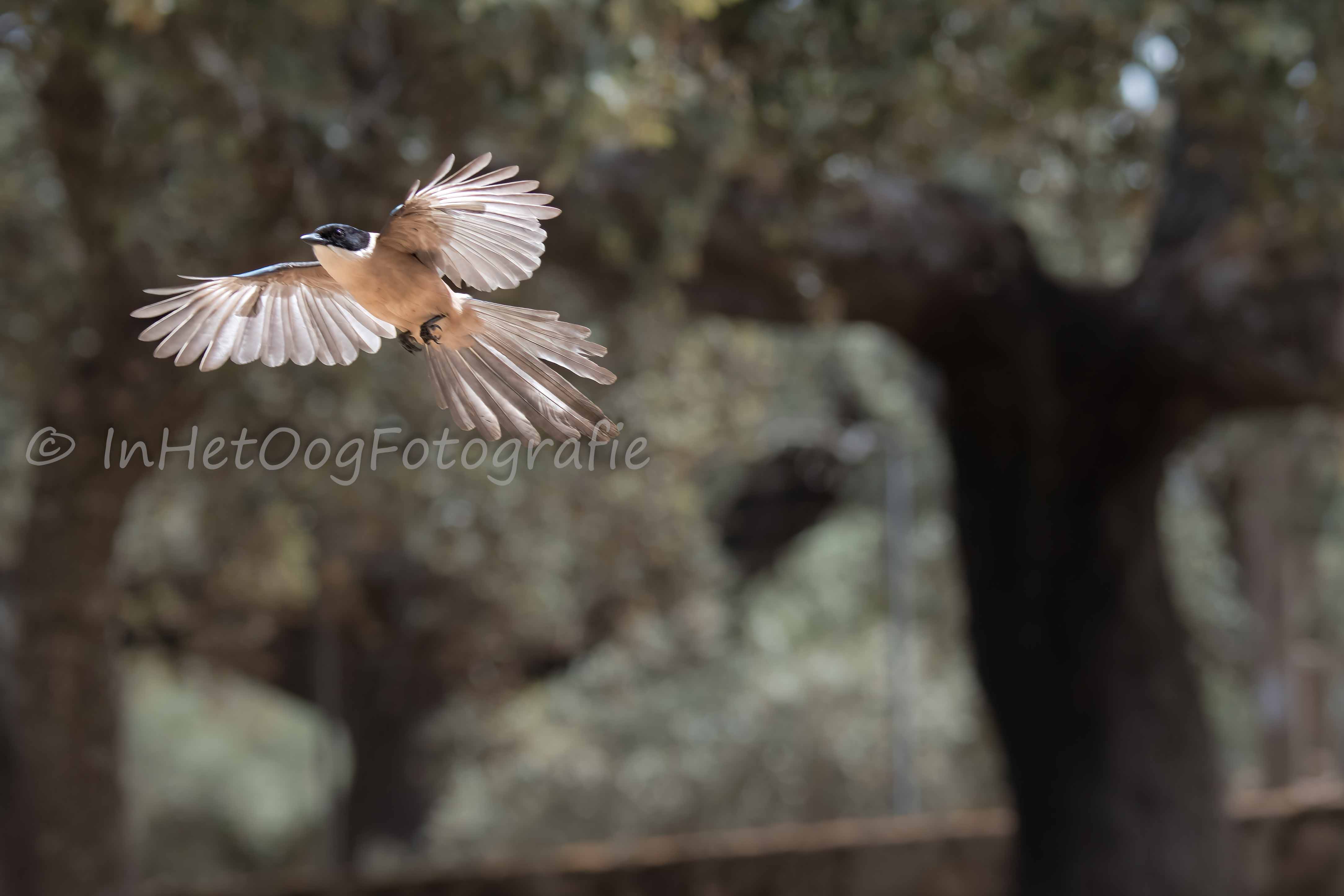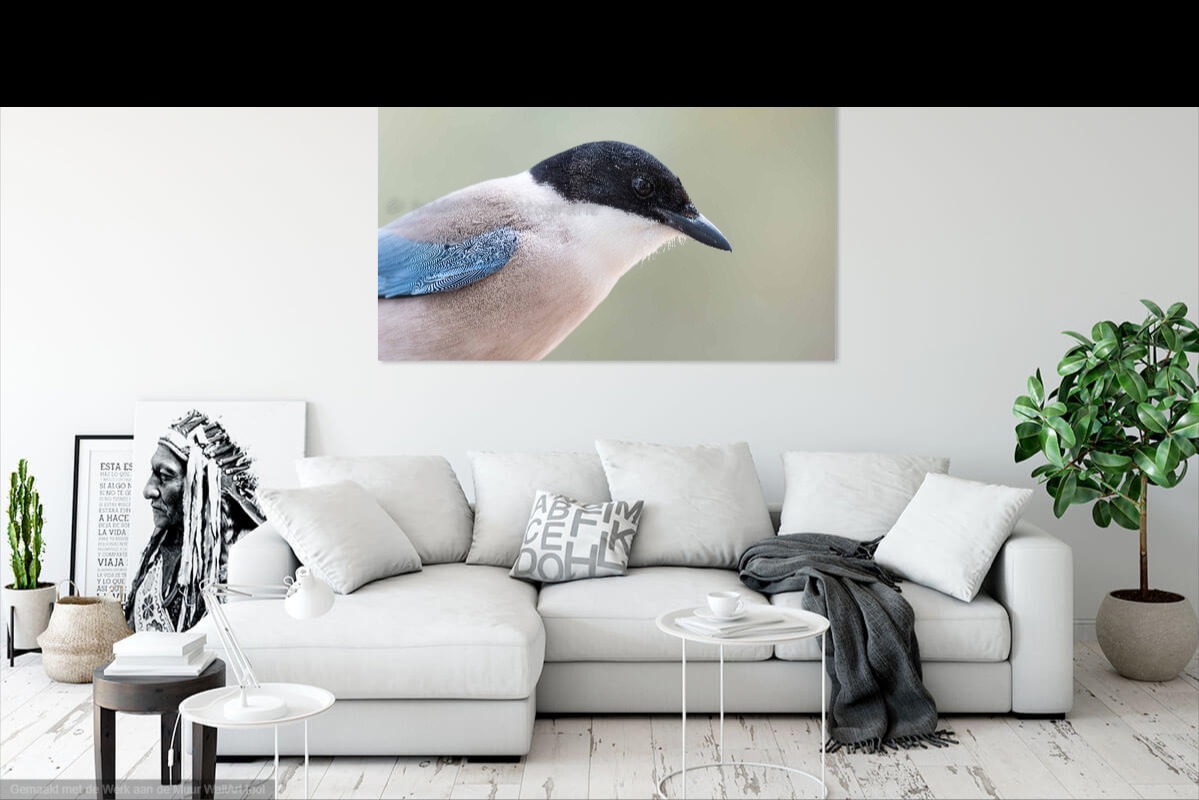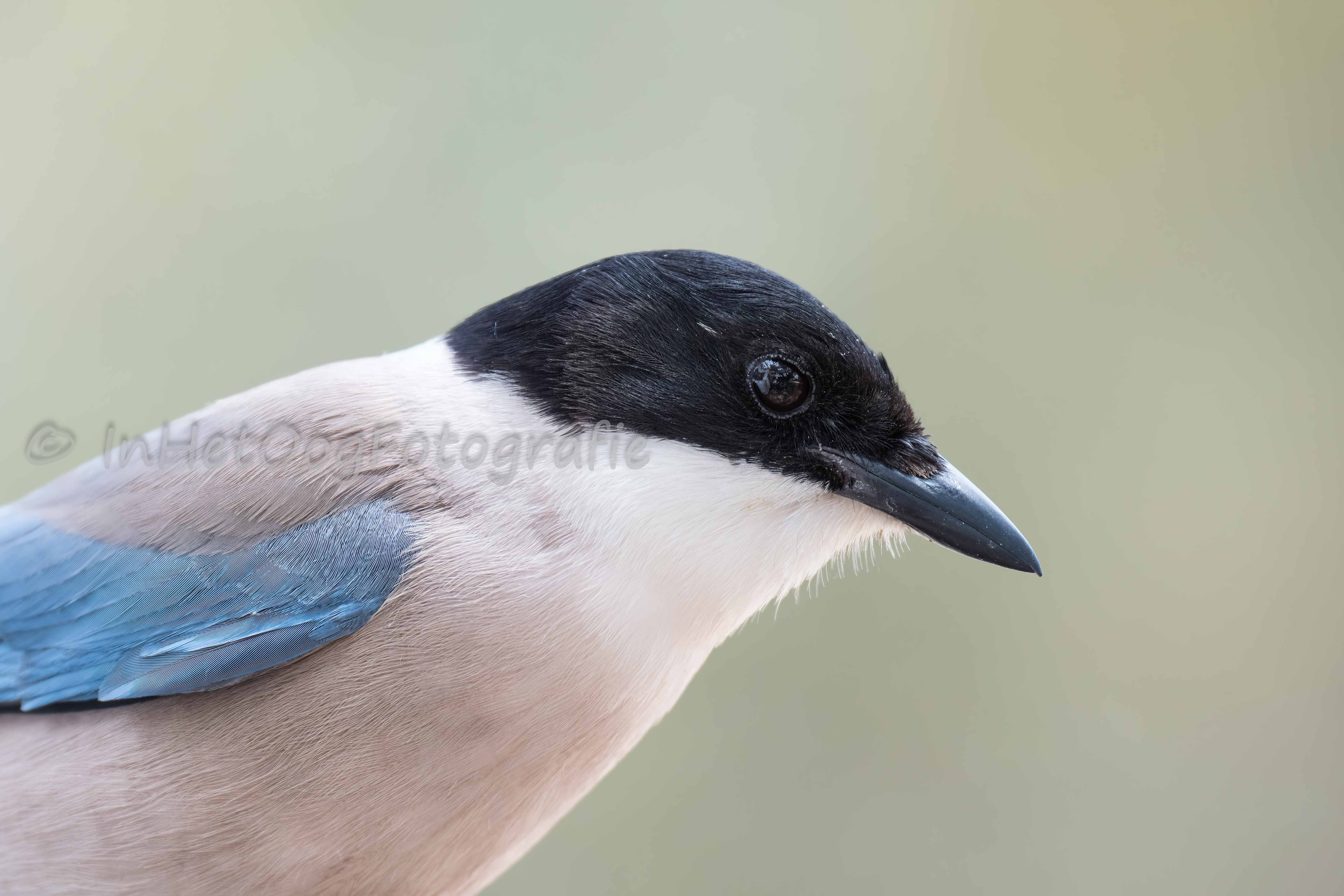
an eye for details
to order images Contact us
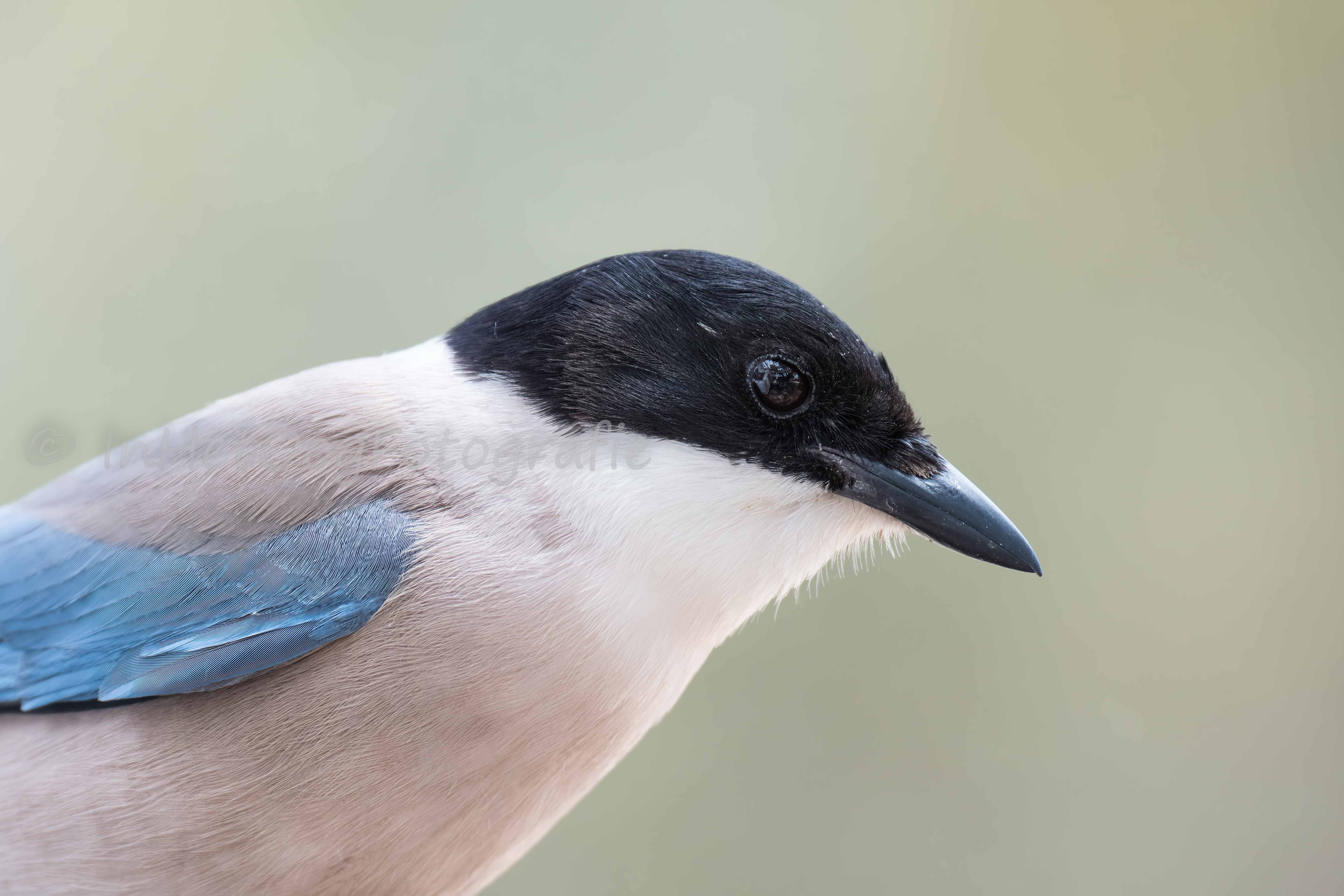
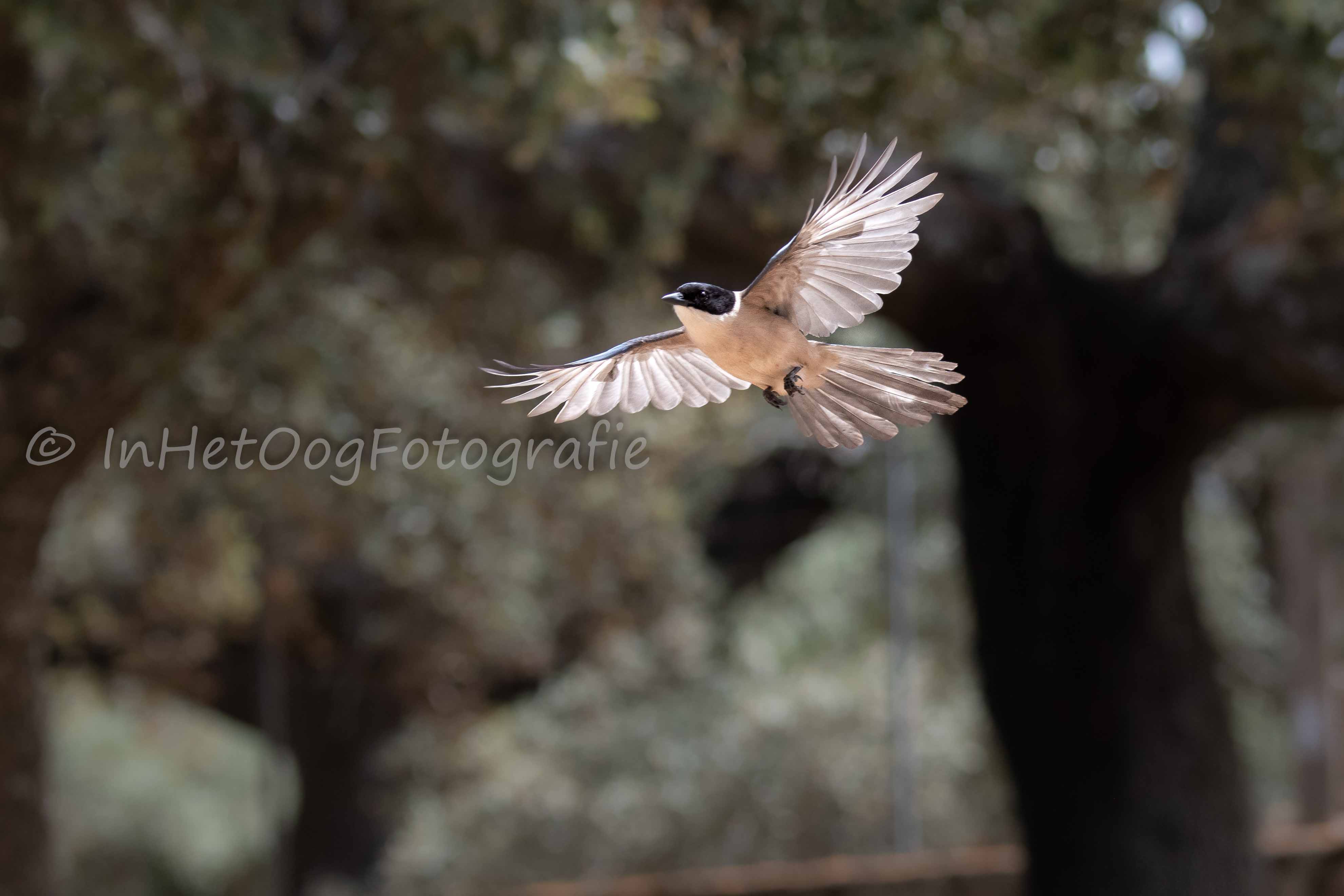
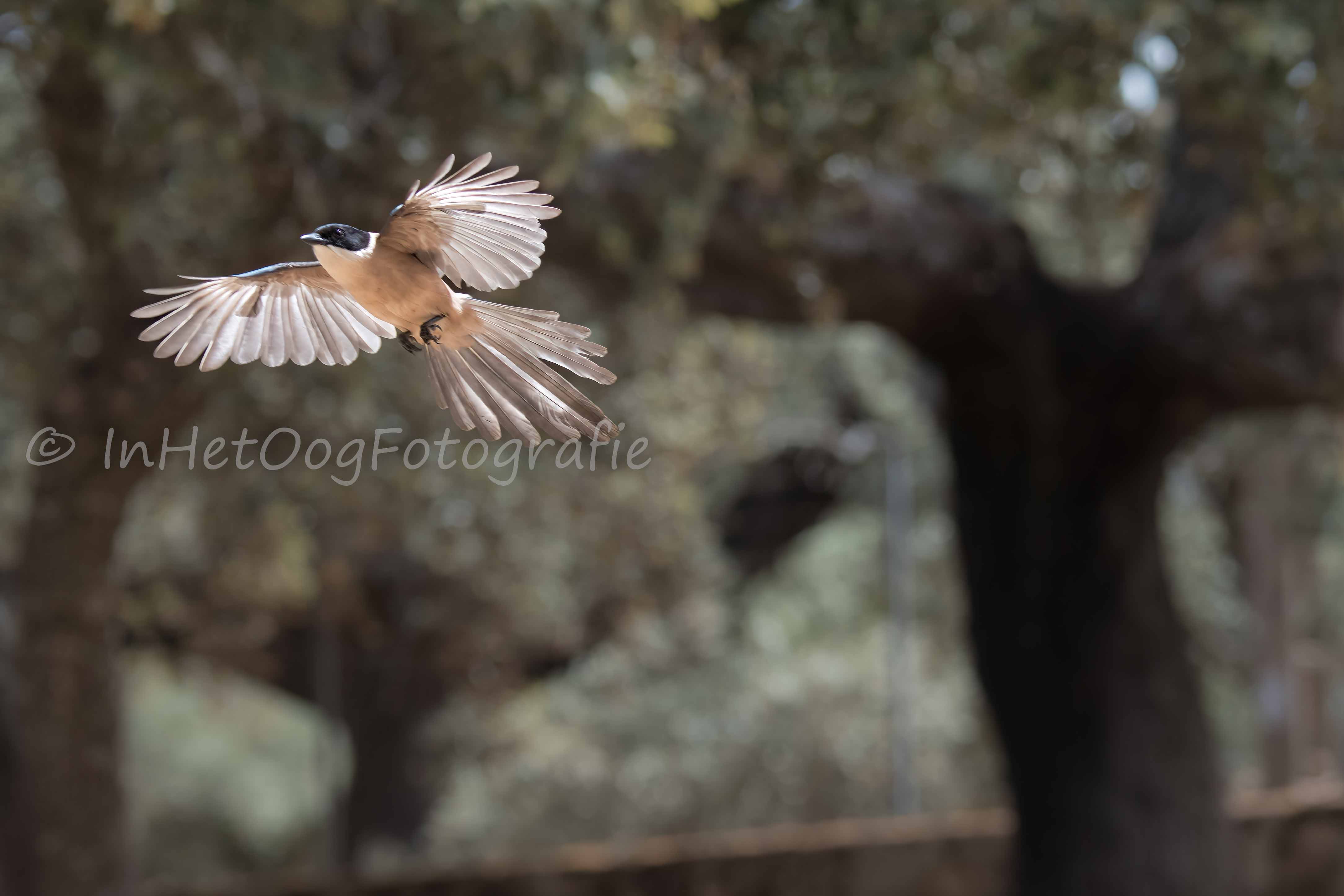
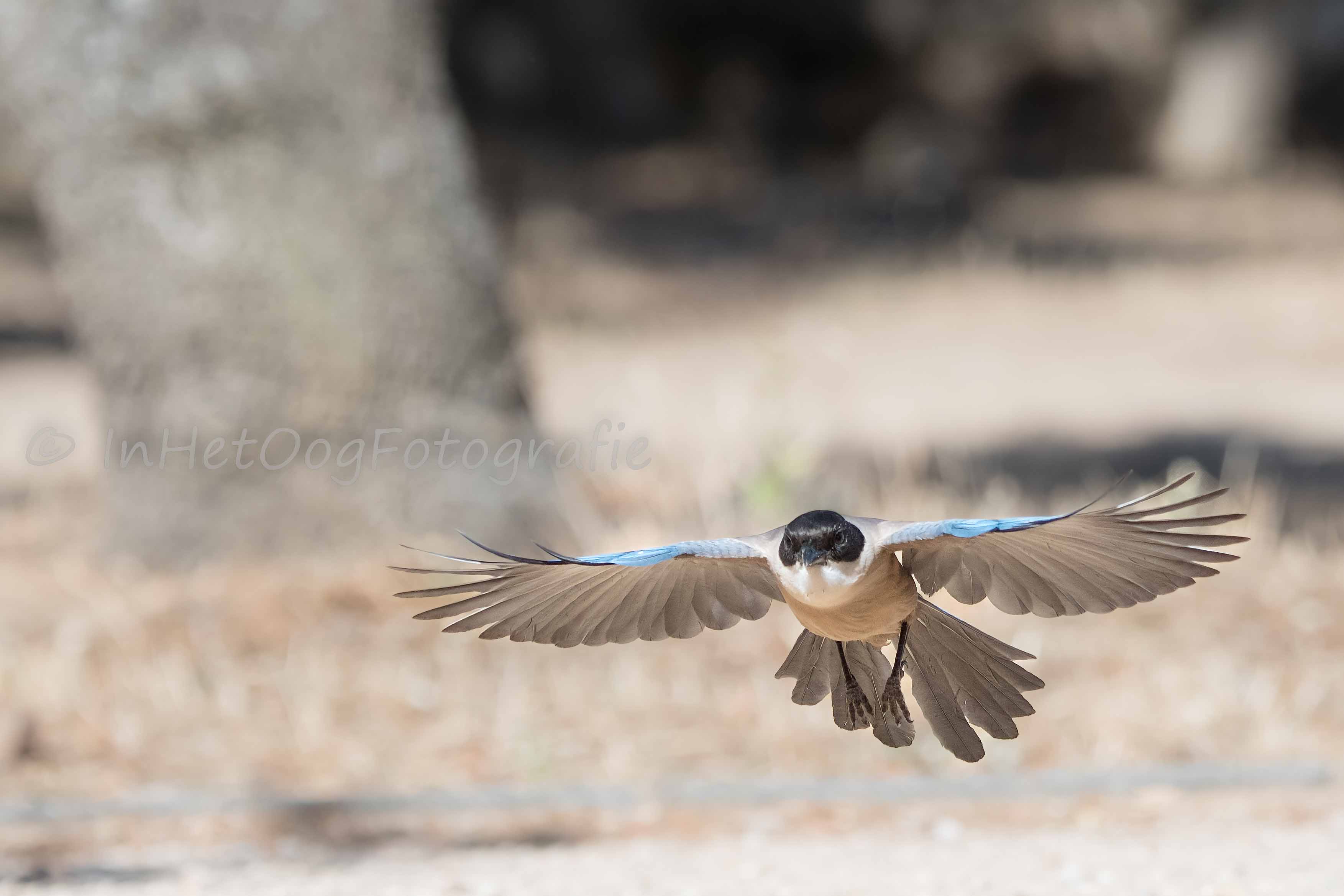
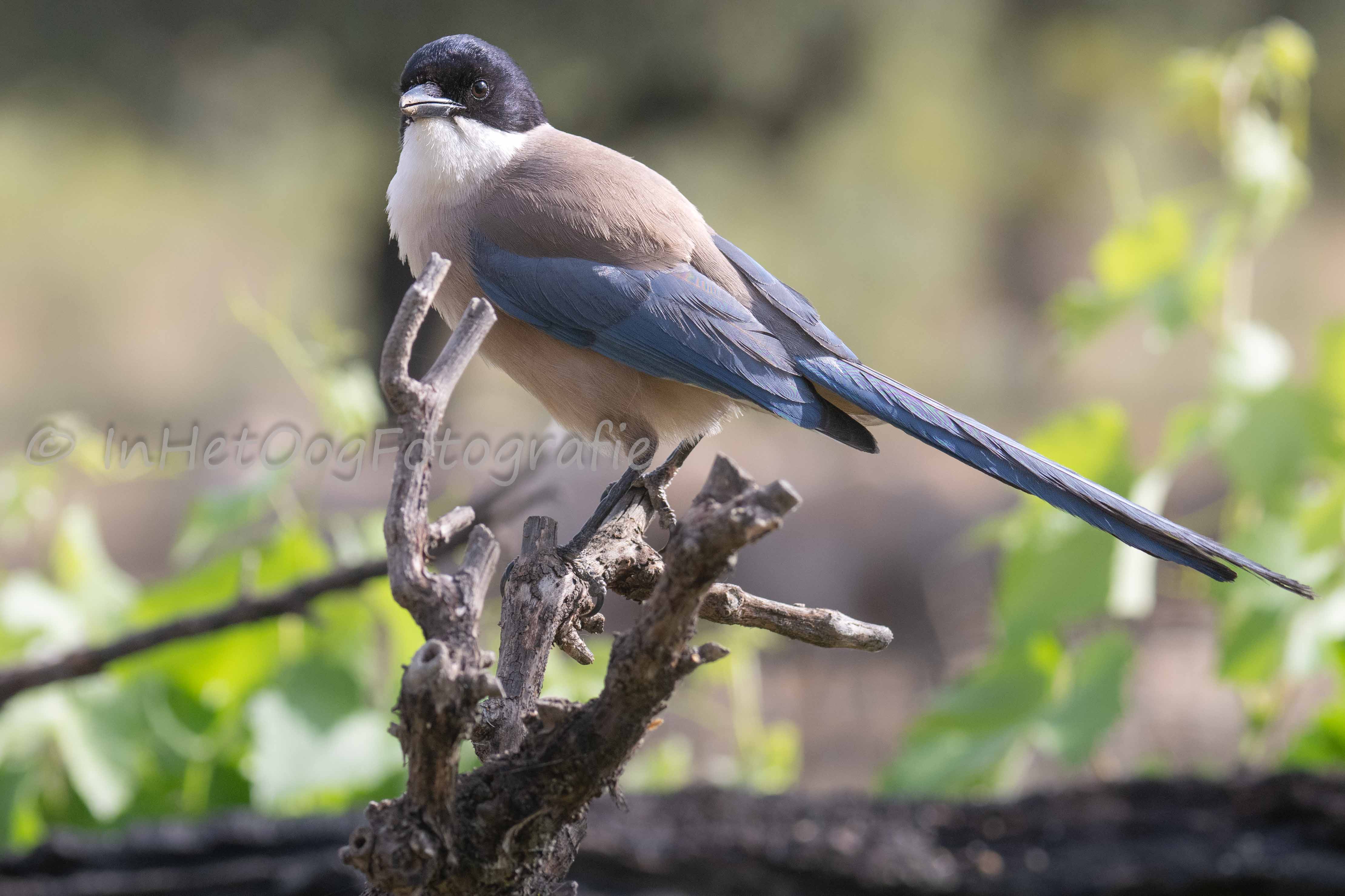
When I visited Extremadura, one of the bird species I was keen to photograph was the azure-winged magpie (Cyanopica cooki). It is a beautiful, elegant bird, a grateful species for the bird photographer. In terms of build, it is very similar to the magpie (pica pica), which is common elsewhere in Europe , but is slightly smaller. The wings are blue, as well as the tail. The head is black and the rest of the body is light tinted. In Europe, the azure-winged magpie is only found in Spain, especially in Extremadura and Portugal in the Alentejo area. Similar azure-winged magpies can be found in Asia (Cyanopica cyanus). The Iberian azure-winged magpie (Cyanopica cooki) and the Asian (Cyanopica cyanus) are considered separate subspecies.
Extremadura
The birds often live in groups and do well in the dehesas in Extremadura. They often glide through the air which look very good in photos. Unfortunately, they are also quite shy, which is why they cannot be approached for good flight shots. Waiting for them somewhere is not an option either , because an individual bird from the group will probably quickly spot you and ensure that the rest are also informed.
Webshop
While traveling through Extremadura I had seen the azure-winged magpie, but had not yet been able to do anything special with them . Finally when I arrived at the campsite in Caceres (excellent campsite that I can recommend everyone ) there appeared to be a large group of azure-winged magpies in the holm oak forests (dehesas) behind the campsite . We were in a quiet corner of the campsite with few other campers in the area , which meant that natural backgrounds had to be possible in the photos. Due to their opportunistic nature, the azure-winged magpies had learned to get food from the campers . They were used to people and were easy to approach, in fact they came to you when they did thought there was something to be had. That opened up the opportunity to think about opportunities where bird in flight images could be taken. The birds often move in a gliding flight that is easy to follow with the camera.
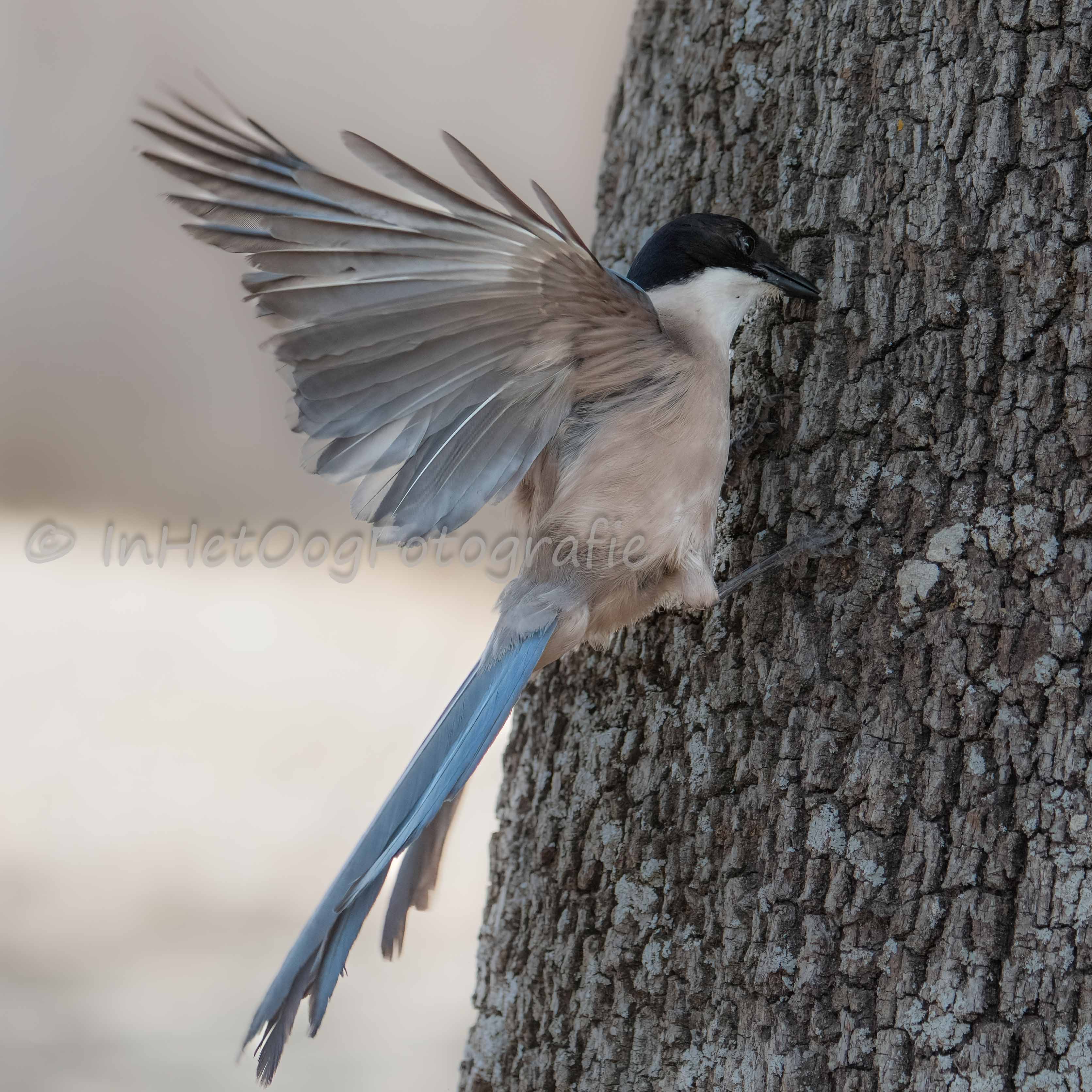
After taking some static shots and some portraits, it was time to think about more dynamic images. If I scattered some bread in our area, the birds often went to a crooked trunk sitting down to explore the area before flying to the ground. They couldn't sit on the trunk properly , which meant they regularly had to restore balance with their wings. That offered the first possibilities for some dynamic images.
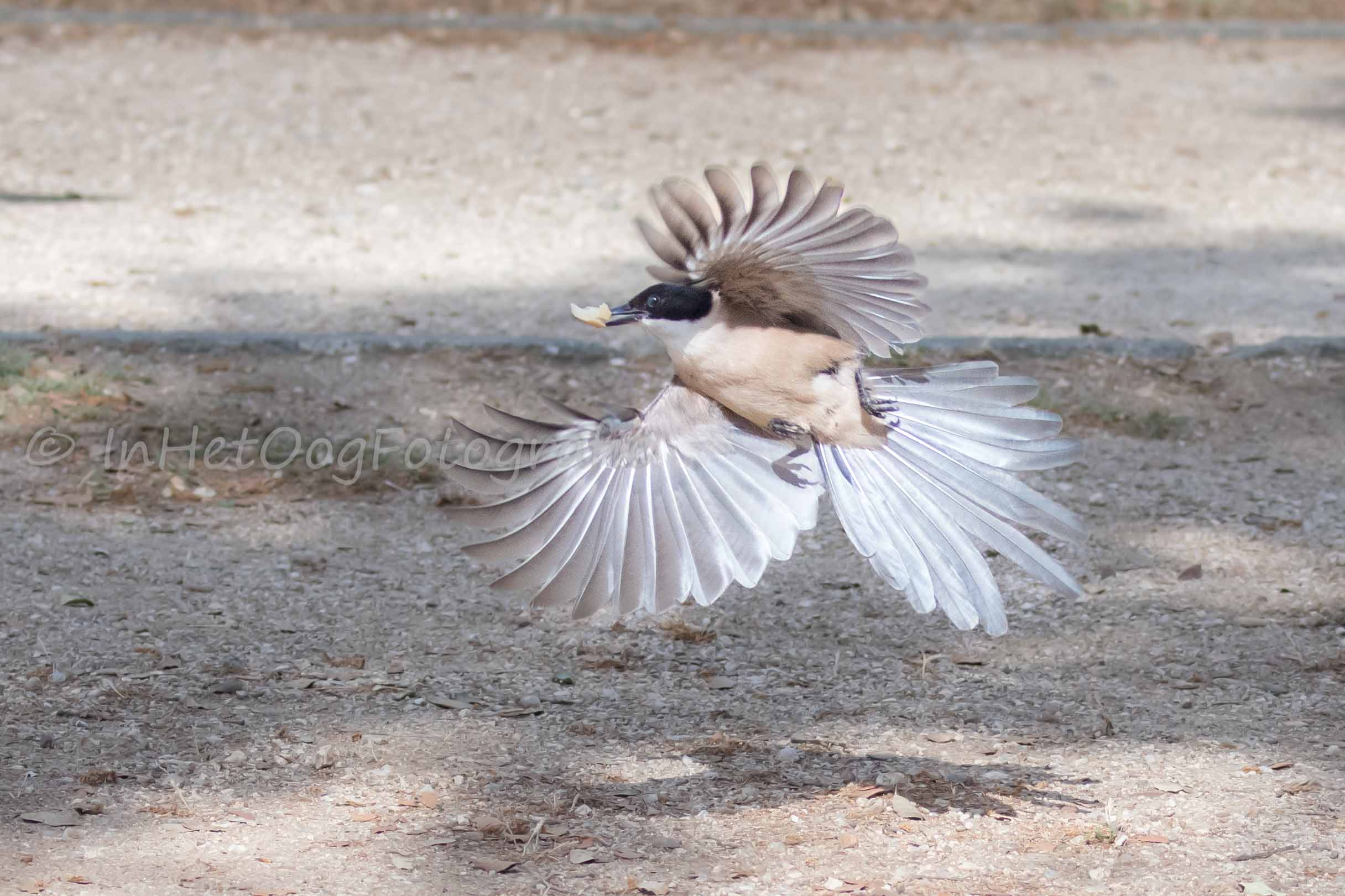
Placing pieces of bread on the path provided reasonable flight images of the magpies flying away, but that was with bread in their beak, which made the image less suitable.
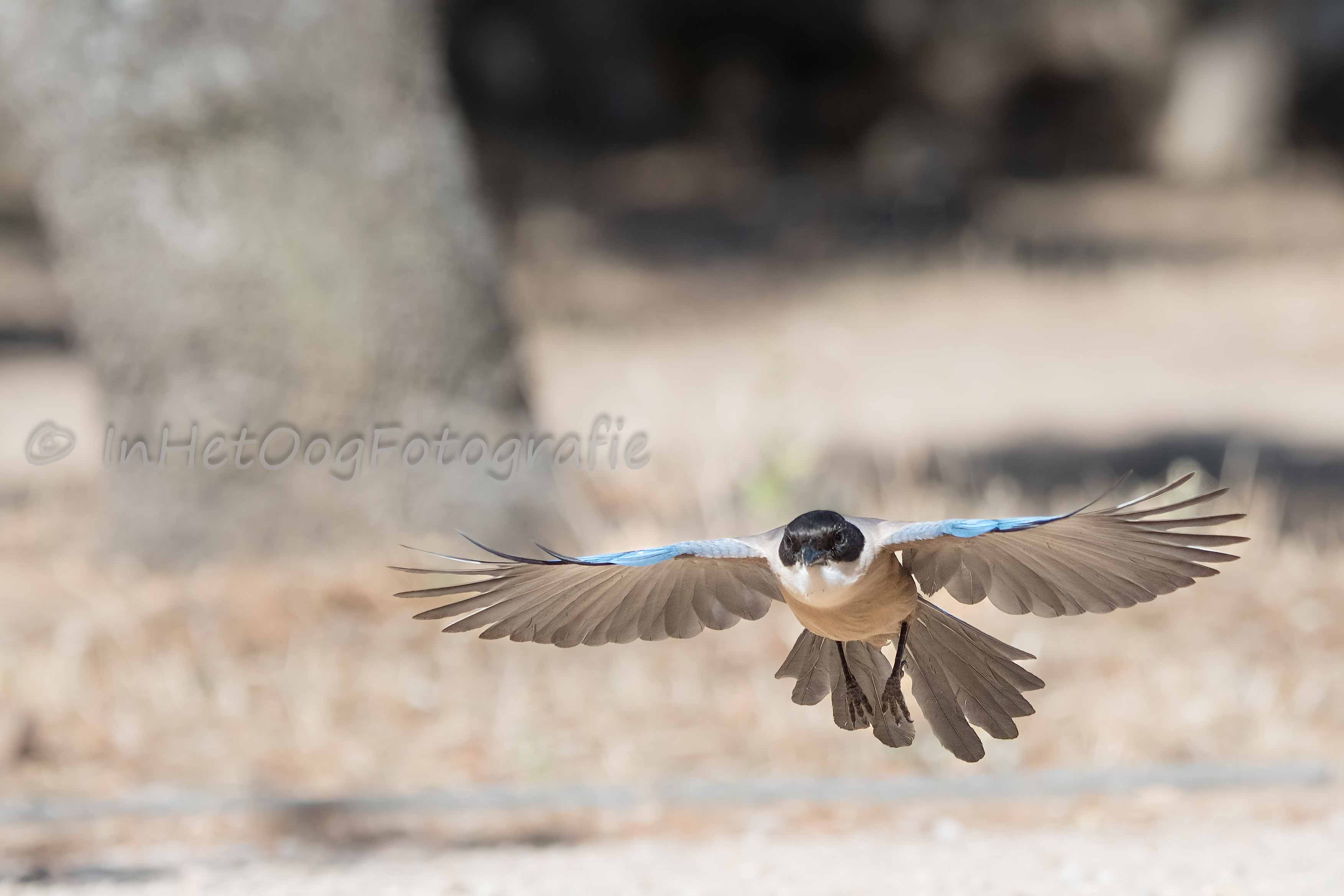
It quickly became clearl I had to try to photograph the birds as they spread their wings to land on their way to the pieces of bread. I was able to do this by placing the bread at a fixed point find out at what point most birds spread their wings to land. On that point I placed an object on the ground that I could use for focussing.

After some adjustments, I managed to make sharp images of the incoming magpies with spread wings.
I used the Nikon Z9, mostly combined with the 80-400 telephoto zoom. Once in a while I also used the 1.4 teleconverter.
